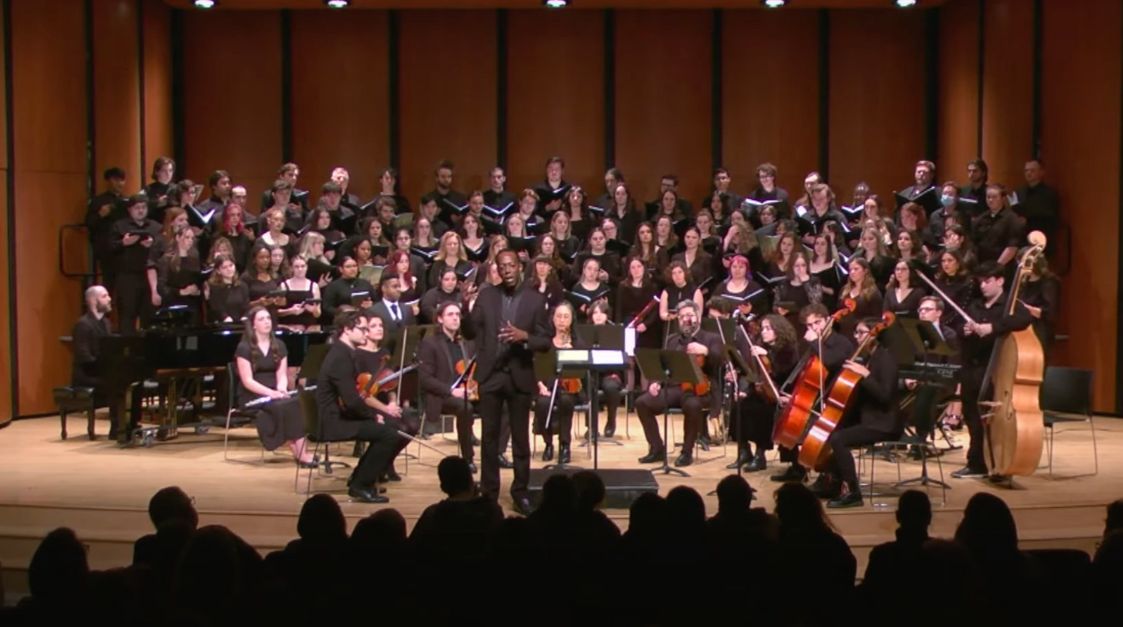Philosophy Faculty Research
Catch up with research from the philosophy department at Merrimack College.
Dr. George Heffernan
This is a time of “false facts.” It was not always so. It used to be generally accepted that there are true opinions and false opinions and that it makes no sense to speak of “true facts” and “false facts.” Yet it has now become common, even normal, to speak of “false facts” and to regard “true facts” and “false facts” as “alternative facts.” This paper examines this problematic development and its philosophical implications. It investigates the conceptual shift from the distinction between true opinions and false opinions to the difference between “false facts” and “true facts.” It indicates that the Classical philosophical approach to the difference between opinion and knowledge was to distinguish between true opinion and false opinion as a first step to distinguishing between true opinion and knowledge.
It outlines how a certain contemporary culture has substituted the difference between “false facts” and “true facts” for the distinction between true opinions and false opinions. It argues that evidence is the essential element that distinguishes knowledge from true opinion. To achieve its goals, the paper applies Husserl’s phenomenological method of sense-investigation (Besinnung) to the philosophical problem of “false facts” and “fake news.” Sense-investigation aims at what is genuine, and what is genuine is what is justified by evidence. The point of the paper is that the distinction between true opinion and false opinion is a genuine distinction, whereas the difference between “true facts” and “false facts” is a pseudo-distinction. The factual may have some normative power, but the falsely factual must have no power at all.
Dr. Bryan Bannon
The farmhouse lingers, though averse to square With the new city street it has to wear A number in. But what about the brook That held the house as in an elbow-crook? I ask as one who knew the brook, its strength And impulse, having dipped a finger length And made it leap my knuckle, having tossed A flower to try its currents where they crossed. The meadow grass could be cemented down From growing under pavements of a town; The apple trees be sent to hearth-stone flame. Is water wood to serve a brook the same? How else dispose of an immortal force No longer needed? Staunch it at its source With cinder loads dumped down? The brook was thrown Deep in a sewer dungeon understone In fetid darkness still to live and run–And all for nothing it had ever done Except forget to go in fear perhaps. No one would know except for ancient maps That such a brook ran water. But I wonder If from its being kept forever under, The thoughts may not have risen that so keep This new-built city from both work and sleep.
Dr. Erinn Gilson
Dr. William Wians
In Logoi and Muthoi, William Wians builds on his earlier volume Logos and Muthos, highlighting the richness and complexity of these terms that were once set firmly in opposition to one another as reason versus myth or rationality versus irrationality. It was once common to think of intellectual history representing a straightforward progression from mythology to rationality. These volumes, however, demonstrate the value of taking the two together, opening up and analyzing a range of interactions, reactions, tensions, and ambiguities arising between literary and philosophical forms of discourse, including philosophical themes in works not ordinarily considered in the canon of Greek philosophical texts. This new volume considers such topics as the pre-philosophical origins of Anaximander’s calendar, the philosophical significance of public performance and claims of poetic inspiration, and the complex role of mythic figures (including perhaps Socrates) in Plato. Taken together, the essays offer new approaches to familiar texts and open up new possibilities for understanding the roles and relationships between muthos and logos in ancient Greek thought.

